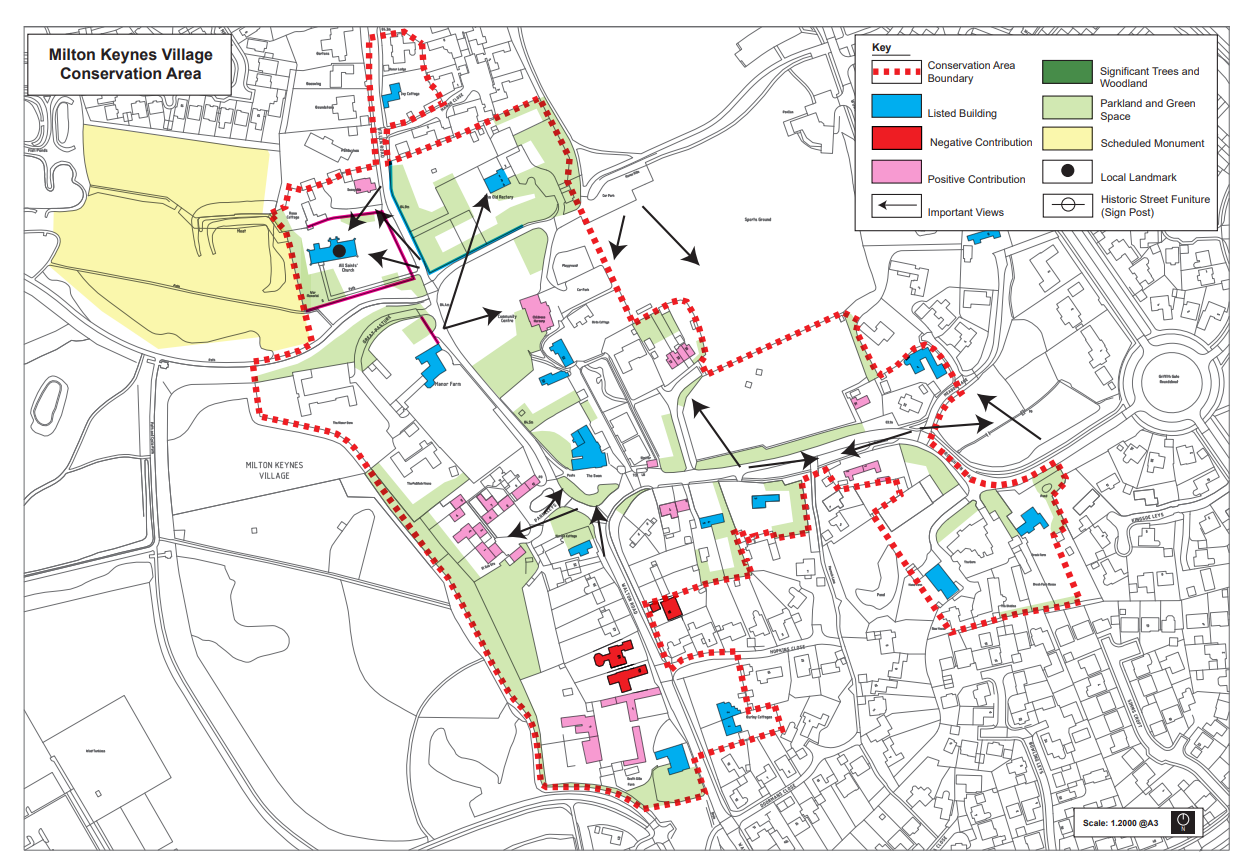Preserving Nature's Legacy: Conservation Areas & TPOs
Posted on 23rd May 2023.
Welcome to another insightful blog post brought to you by Browns Tree Solutions Limited, your trusted partner in all things related to trees and their care.
Today, we delve into the fascinating world of Conservation Areas and Tree Preservation Orders (TPOs). As custodians of our environment, it is crucial to understand the significance of these measures and their impact on tree works. Join us as we explore what they mean, why planning permission is necessary, and how you can navigate the process smoothly.
Conservation Areas: Preserving Our Natural Heritage
Conservation Areas are designated areas that possess special architectural or historical significance, along with unique natural beauty. These areas are protected by law to maintain and enhance their character, ensuring that they remain cherished assets for both present and future generations. As trees often contribute significantly to the character of these areas, their preservation becomes an integral part of maintaining their distinctive charm. This means if your property is within a conservation area you will need to apply for planning permission from your local council before undertaking anyworks.
Tree Preservation Orders (TPOs): Guardians of Our Arboreal Allies
Tree Preservation Orders are legal safeguards put in place to protect specific trees or groups of trees that are deemed to have significant amenity value. These orders prevent the indiscriminate felling, uprooting, topping, or lopping of protected trees without prior consent from the local planning authority. The primary aim is to maintain the aesthetic, environmental, and cultural benefits that these trees provide to their surroundings.
The Importance of Planning Permission
If you are considering undertaking tree works within a Conservation Area or involving a protected tree, it is essential to obtain planning permission before commencing any work. The requirement for planning permission is to ensure that the proposed works align with the objectives of conservation and preservation. This process helps strike a balance between the needs of development and the protection of our natural heritage.
Applying for Planning Permission
Identify the Conservation Area or Tree Preservation Order:
Determine whether your property falls within a Conservation Area or if the tree(s) you wish to work on are protected by a Tree Preservation Order. This information can usually be obtained from the local planning authority or by consulting a tree specialist.
Consult the Local Planning Authority:
Contact the relevant local planning authority to discuss your proposed tree works. They will provide guidance on the necessary steps to obtain planning permission and any specific requirements or restrictions that apply.
Submit an Application:
Prepare a detailed application outlining the nature and scope of the proposed works. Include supporting documents, such as photographs, tree surveys, and an arboricultural impact assessment if required. Ensure that your application addresses any concerns regarding the impact on the character of the Conservation Area or the protected tree(s). Highlight important information if the tree is a hazard for example if it is leaning towards a property or contains deadwood which could break off and fall in strong winds etc.
Considerations by the Local Planning Authority:
The local planning authority will review your application, taking into account factors such as the significance of the tree(s) or area, the visual impact of the proposed works, and the contribution of the trees to the local environment. They may seek expert advice from arboricultural officers or conservation officers to aid their decision-making process.
Decision and Consent:
Once the local planning authority has considered your application, they will issue a decision, either granting or refusing planning permission. If permission is granted, it will typically come with conditions that must be adhered to during the execution of the works. Sometimes they may request you put a new tree or plant in place of the removed item, you could suggest in your initial application that you're happy to do this as this sometimes helps to gain approval for works.
Conclusion
Conservation Areas and Tree Preservation Orders play a vital role in preserving our natural heritage and ensuring the long-term sustainability of our environment. By obtaining planning permission and adhering to the guidelines set by the local planning authority, we contribute to the protection of our cherished trees and the character of our Conservation Areas. Browns Tree Solutions Limited encourages responsible tree care practices and stands ready to provide expert advice and assistance throughout the planning permission process - If you choose to accept our quotation for works then we will apply for planning permisson on your behalf, free of charge - one less thing for you to worry about! So, let us work together to safeguard nature's legacy for generations to come.
Disclaimer
The information provided in this blog is for general guidance purposes only and should not be considered legal advice. For specific inquiries regarding planning permission and tree works, consult with the appropriate local planning authority or a professional tree specialist.
Tagged as: Conservation Area, Environmental Benefits, Historical Significance, Local Authority, Local Council, Natural Beauty, Planning Permission, Protected Trees, TPOs, Tree Preservation, Tree Preservation Order
Share this post:






